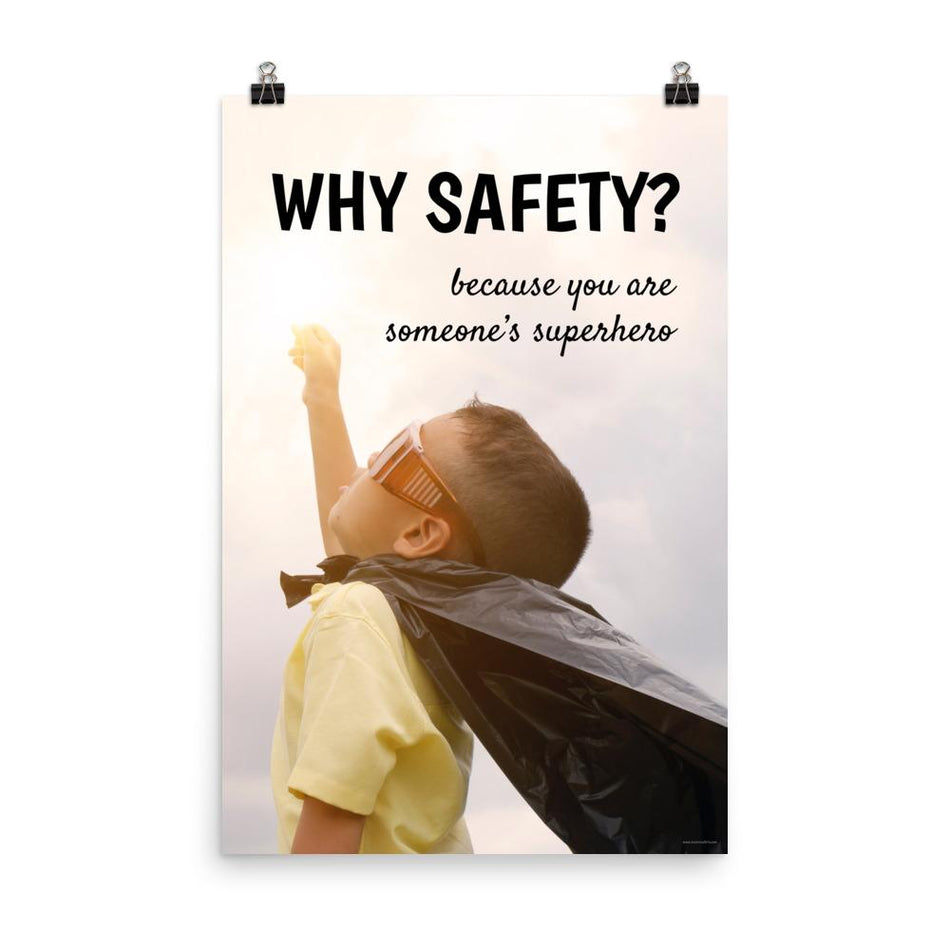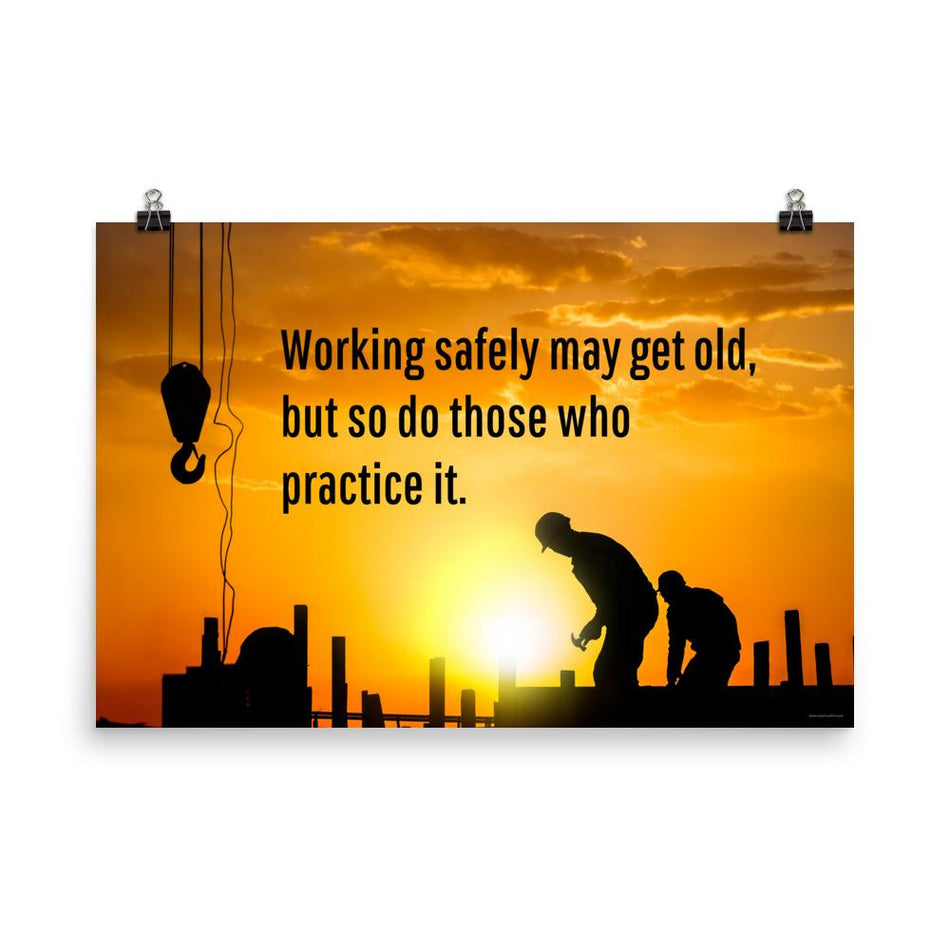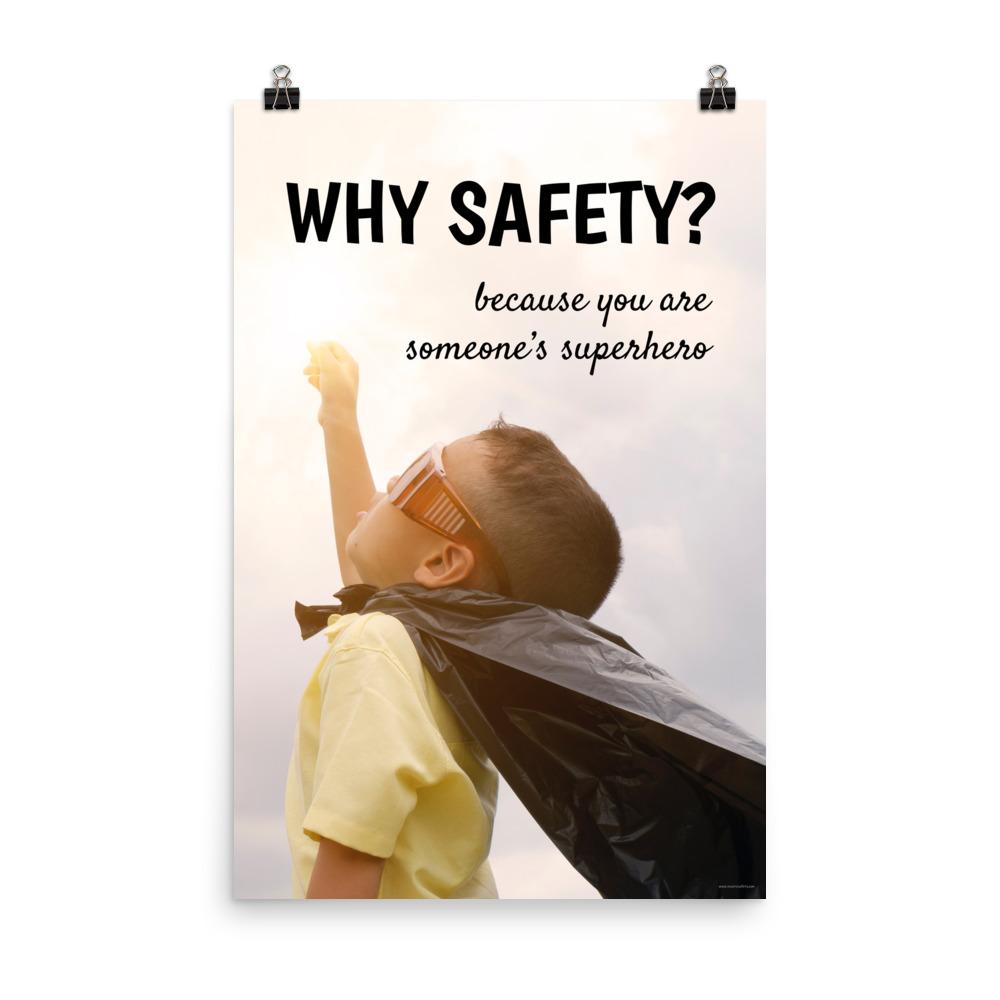Workplace safety is a responsibility shared by everyone. No matter the industry, from construction sites to office spaces, unsafe acts and workplace hazards can lead to serious injuries, long-term health issues, or even fatalities. One of the most effective ways to prevent accidents and create a safer work environment is by encouraging employees to report unsafe acts when they see them. This proactive approach ensures that hazards are addressed before they lead to incidents.
Employees should never feel that reporting an unsafe act will lead to retaliation or be ignored.
A critical tool for promoting workplace safety is the use of a workplace safety poster. These posters serve as constant visual reminders of the importance of maintaining a safe working environment. However, while posters and guidelines are essential, active reporting of unsafe conditions is what truly helps prevent accidents.
1. Preventing Accidents Before They Happen
The most significant benefit of reporting unsafe acts is accident prevention. Many workplace incidents are avoidable if hazards are identified and corrected in a timely manner. When employees take the initiative to report dangerous behaviors, faulty equipment, or hazardous conditions, it allows management to take corrective action before someone gets hurt.
For example, imagine an employee notices a coworker using a damaged ladder that appears unstable. If that employee reports the issue immediately, management can remove or repair the ladder before it causes an accident. A workplace safety poster reminding employees to report such hazards can reinforce this proactive mindset.
2. Encouraging a Culture of Safety
A workplace where employees feel comfortable reporting unsafe acts is a workplace that values safety. Encouraging workers to speak up about hazards fosters a culture where safety is prioritized over convenience or efficiency. Employees should never feel that reporting an unsafe act will lead to retaliation or be ignored. Instead, they should feel empowered to contribute to the safety of their workplace.
Management plays a crucial role in fostering this culture. Employers should regularly remind workers that their reports are taken seriously and that their actions can save lives. A workplace safety poster emphasizing the importance of reporting unsafe conditions can serve as a daily reinforcement of this message.
3. Reducing Workplace Injuries and Illnesses
Unsafe acts and hazardous conditions don’t just result in injuries; they can also contribute to long-term health problems. For example, prolonged exposure to hazardous chemicals, repetitive strain injuries from improper workstation setups, or the stress of working in an unsafe environment can all lead to chronic health issues.
Workplace safety is not just about protecting employees; it also has legal and financial consequences. Employers have a legal responsibility to provide a safe work environment, and failure to do so can result in fines, lawsuits, and increased insurance costs. If employees fail to report unsafe acts, the company may unknowingly be in violation of occupational safety regulations, leading to severe consequences.
4. Legal and Financial Implications
Furthermore, workplace injuries and illnesses can be expensive. Medical costs, lost productivity, and workers' compensation claims can add up quickly. Encouraging employees to report hazards and unsafe acts can help businesses avoid these unnecessary costs and ensure compliance with safety regulations.
5. Strengthening Teamwork and Communication
When employees actively report unsafe acts, it enhances communication within the workplace. Safety reporting encourages workers to engage with their supervisors and coworkers about potential risks and solutions. This open dialogue strengthens teamwork and ensures that everyone is on the same page regarding safety procedures.
A workplace that values communication about safety fosters trust among employees. Workers feel more secure knowing their concerns are being heard and addressed, which leads to higher morale and overall job satisfaction.
6. Providing Training Opportunities
When unsafe acts are reported, they often highlight areas where additional training may be needed. For example, if multiple employees report that heavy machinery is being used improperly, it may indicate that workers require more training on how to operate it safely.
By using safety reports as a learning tool, employers can identify knowledge gaps and provide targeted training to improve workplace safety. In some cases, a workplace safety poster outlining proper procedures can act as a quick refresher for employees, but hands-on training sessions are equally valuable in reinforcing safe practices.
A workplace that values communication about safety fosters trust among employees.
A strong safety culture starts with awareness, education, and encouragement. By using a workplace safety poster as a visual reminder and ensuring that every employee feels empowered to report hazards without fear, businesses can create a safer environment for everyone. The simple act of speaking up about an unsafe act can make all the difference in preventing injuries and saving lives.










